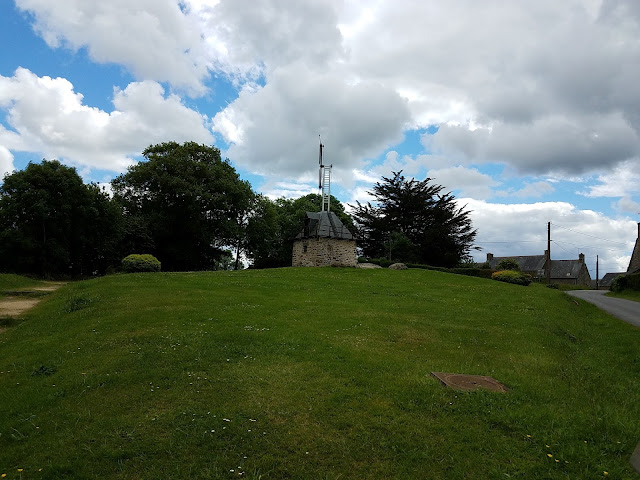A visit to Louis Pasteur Museum
We decided to try to visit the Louis Pasteur museum, which we thought was on the campus of the Louis Pasteur Institute , a bio-medical research institution in Paris. We passed this church, which was called St. John the Baptist de la Salle. I hadn't heard of this saint before, but I liked the statue of him with the children. Then we passed a building on our right with lots of people walking around it carrying notebooks. They looked like students. We still weren't sure where the museum was, but through a gate on our left we saw this statue, which Jim recognised from some papers he'd read. We went into the reception area at the guard house and asked for the museum and were told it was here. The girl asked us for ID's and made us name badges right on the spot. We clipped them onto our clothes and walked into the museum. Inside we saw signs directing us upstairs. The desk for the museum was empty, but a sign said it would be open at 2:00. It was 1:55, so we waited. Pretty...



















Comments
http://www.rioleo.org/movie-review-the-fall.php